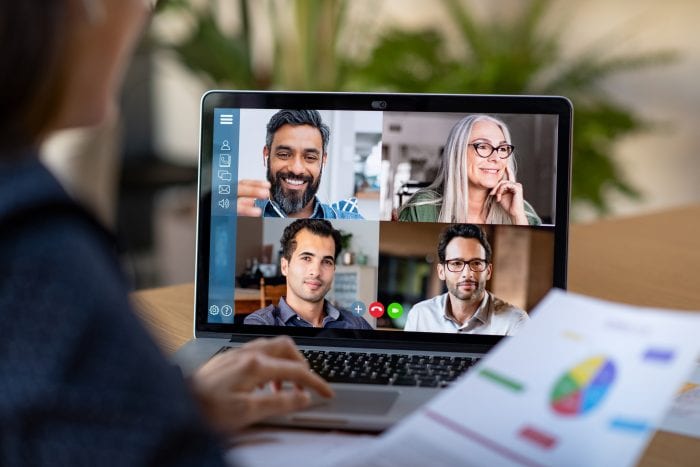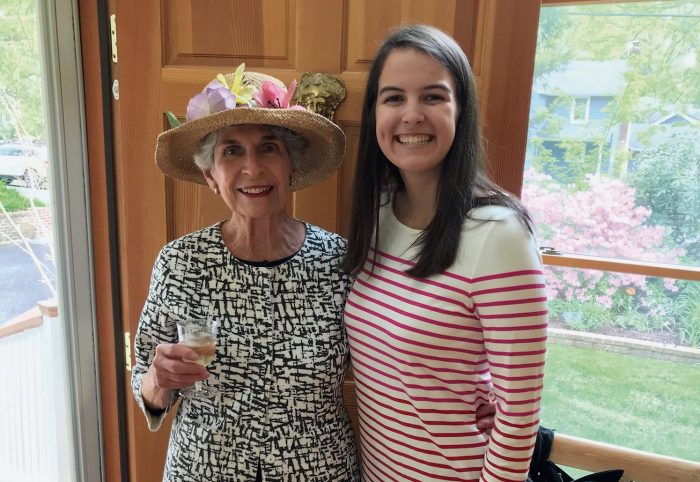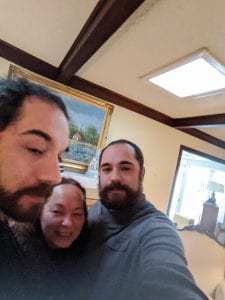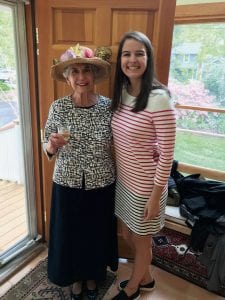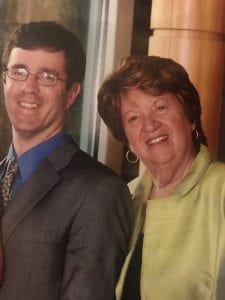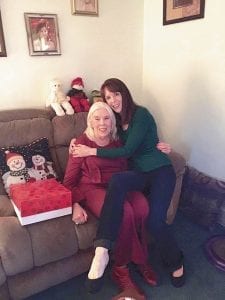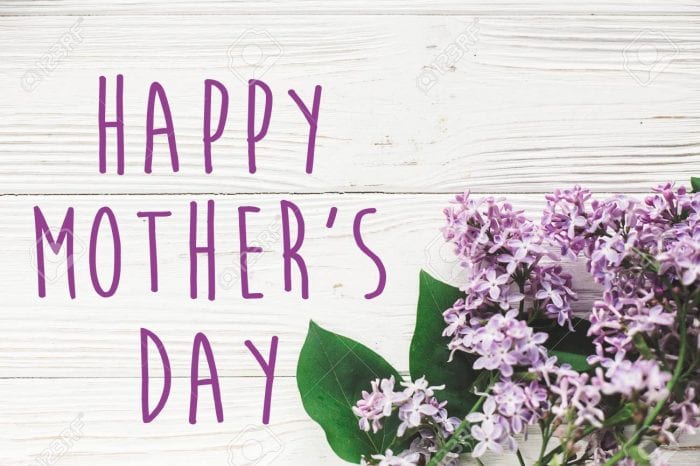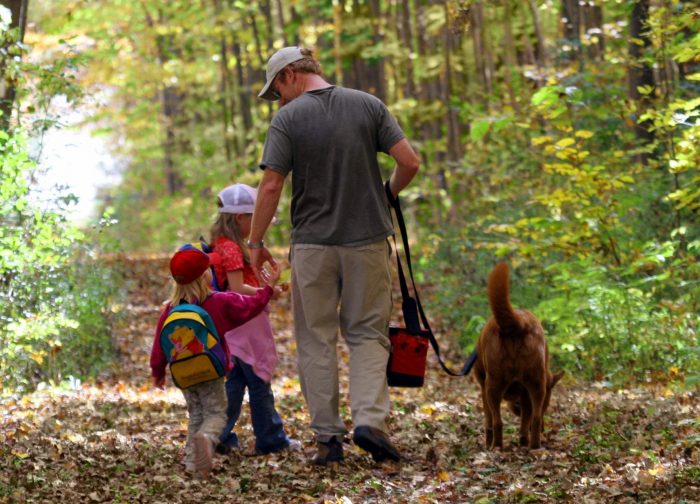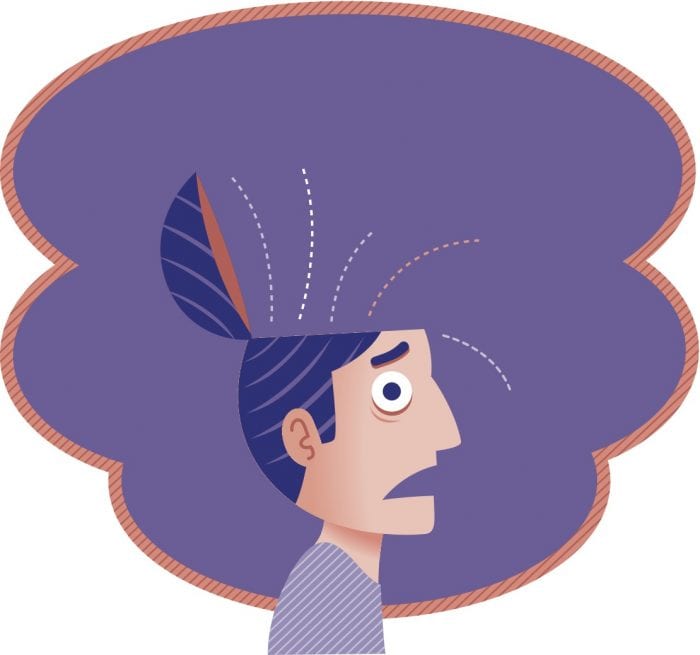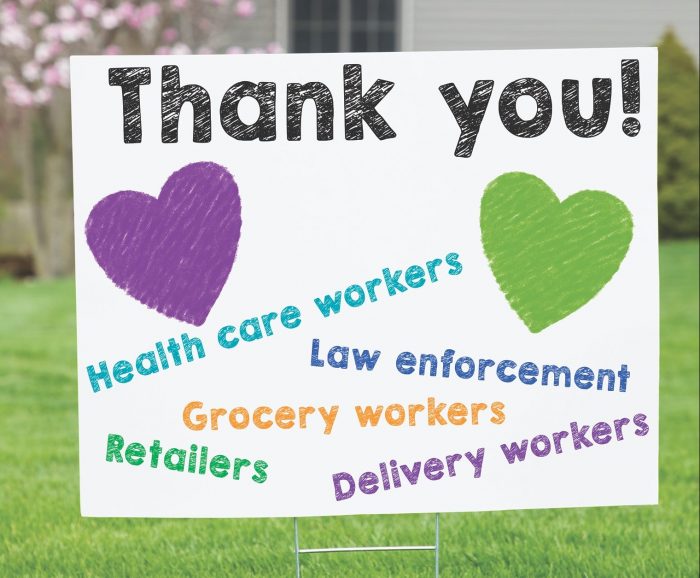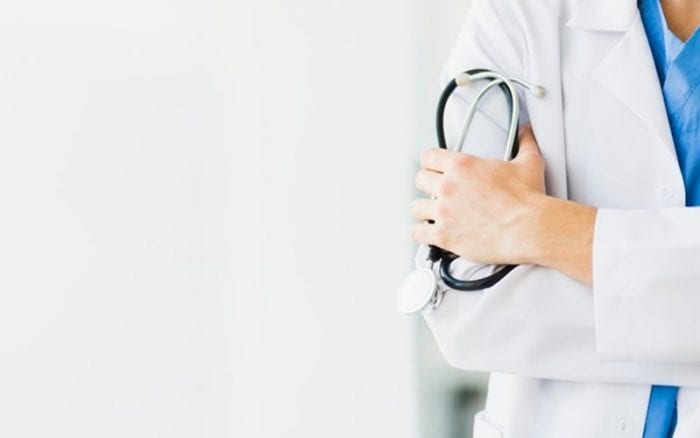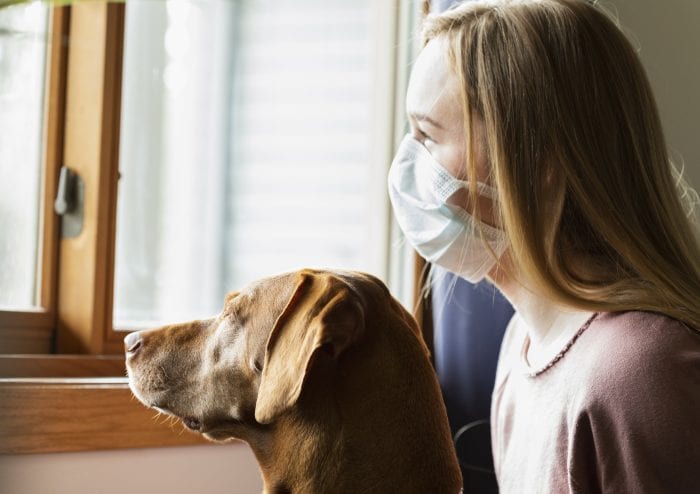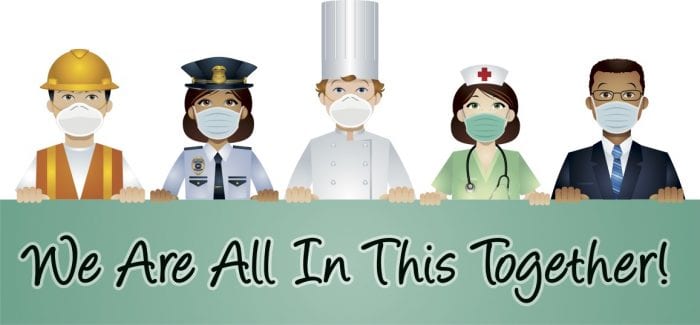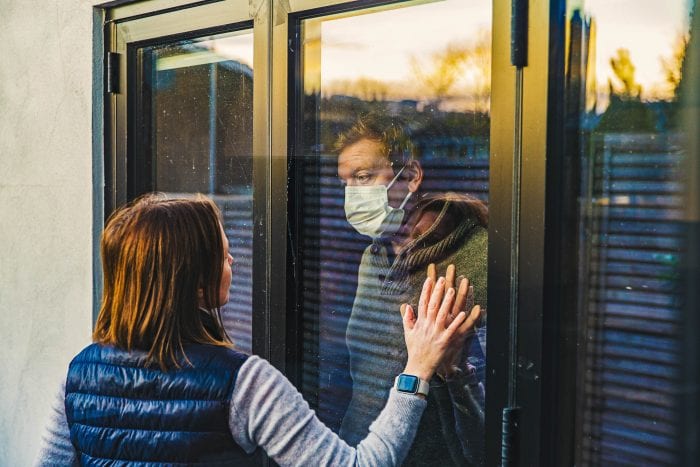By Leah Dunaief

Zooming has become a verb in the same way xeroxing did many years ago. When a product assumes an important role in daily life, the manufacturer’s name sometimes becomes the name for the process. So it was for many years with photocopying. And now, I don’t know about you, but for those of us who are working remotely even part of the week, participating in calls over the Zoom platform is a regular occurrence.
Who ever heard of Zoom before sheltering in place began? Well, maybe I did, but only as a possible growth stock to invest in, and running at $100 a share, it struck me as too expensive to be interesting. When I googled (another such example) the name, it was described as “an American communications technology company headquartered in San Jose, California. It provides videotelephony and online chat services … and is used for teleconferencing, telecommuting, distance education and social relations.” Until I actually went through “joining a meeting,” it had no relevance to my life.
Enter the pandemic and sheltering in place, and we all discovered that unlike some other high tech stuff, Zoom was easy to use and helpful for work and play. We now have departmental meetings and community board meetings via Zoom, and I enjoy weekly rendezvouses with my children and grandchildren. For now, seeing everybody is free.
Like all technical marvels, however, there are positives and negatives in connection with Zoom. After three Zoom meetings, each for two hours, in one day, I found that I was exhausted and feeling out of sorts. The first such day, I just assumed it had little to do with zooming. The next time, with a similar schedule and the same result, made me realize there was a cause-and-effect taking place, but I didn’t understand why.
Then I read, “Why Zoom Is Terrible,” a column in The New York Times by journalist Kate Murphy, that made a lot of sense. Before I share the particulars, I want to rush to say that I don’t think Zoom is terrible. I think it is what it is, like all new inventions that change one’s life: a miracle. However difficult our lives are today, imagine if there were no video conferencing available to us. Even physicians have embraced telemedicine as a substitute for office visits for now, but surely as a way of communicating with remote patients who cannot get to the office in a life-or-death emergency in the future.
There are, however, some drawbacks, as Murphy’s article explains, and we should be aware of them. The way the video images are “digitally encoded and decoded, altered and adjusted, patched and synthesized introduces all kinds of artifacts: blocking, freezing, jerkiness and out-of-sync audio. These disruptions, some below our conscious awareness, confound perception and scramble certain social cues. Our brains strain to fill in the gaps and make sense of the disorder, which makes us feel vaguely disturbed, uneasy and tired without quite knowing why.”
This explains a lot to me. Just the audio delay alone tends to make me speak more loudly to the screen than I would normally in an unconscious attempt to get my words to the listeners faster and get their responses back more quickly. After six hours of yelling alone, I can feel pretty tired. And when I look at the others on the grid, in a manner reminiscent of the television show, Hollywood Squares, I am not looking them in the eye. There is no eye contact, and often people are actually looking at themselves — checking out their hair and whether their collar is covering their chicken neck.
We are, as the author points out, “exquisitely sensitive to one another’s facial expressions …and [that is] essential to our understanding of one another.” But such subtleties are frozen, smoothed over or delayed on the screen, however hard we might strain to see them, hence our fatigue and even a bit of alienation.
So now you know. And by the way, Zoom is now selling at $164.55 a share. I never bought it.

